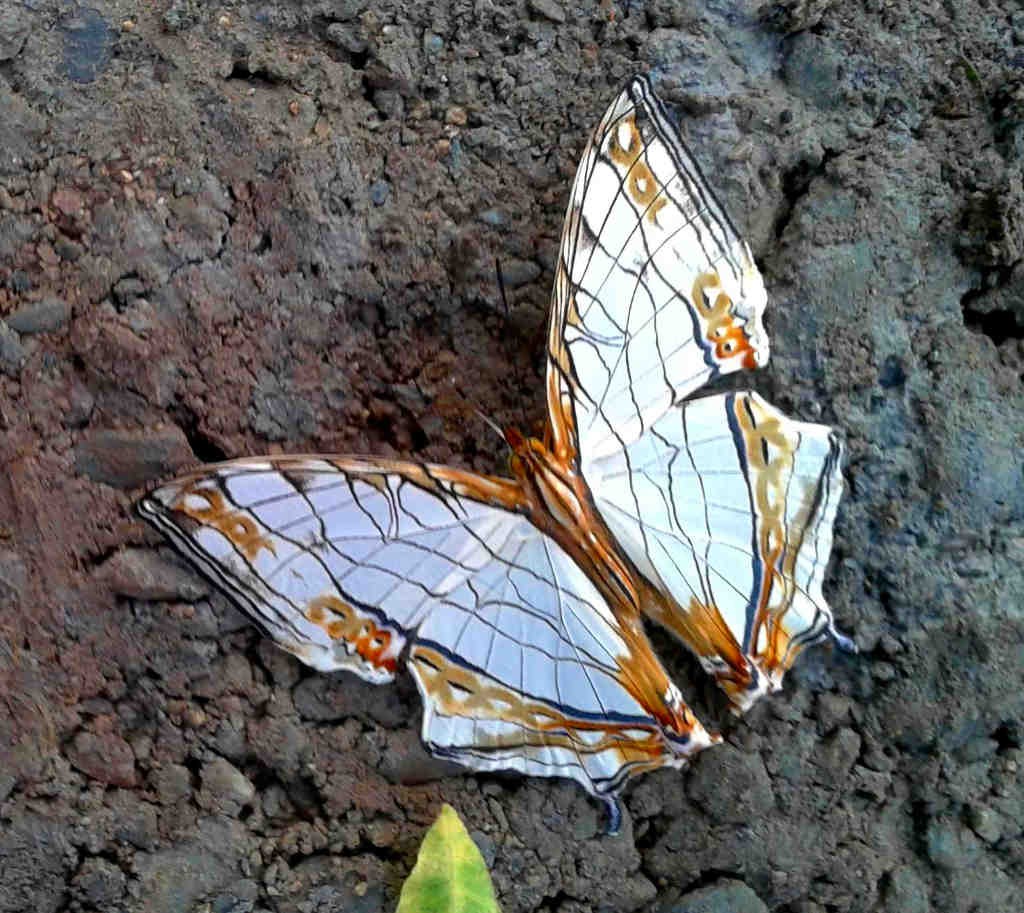
Cyrestis thyodamas (Common map)
| Common Name | Common Map |
| Scientific name | Cyrestis thyodamas |
| Family | Nymphalidae |
| Description |
Among the many butterflies that grace the landscapes of the Himalayas, Cyrestis thyodamas (Common map) stands out as a striking and delicate species known for its distinctive patterns. Named for the fine, map-like lines on its wings, this butterfly is not only visually captivating but also ecologically important. Found in the lower to mid-elevation forests of the Indian subcontinent, including the Great Himalayan National Park (GHNP), Cyrestis thyodamas is a true symbol of the region’s rich biodiversity. The Common map butterfly typically prefers moist, shaded forest habitats and is often spotted fluttering near streams or resting on foliage in the dappled sunlight. With its elegant flight and calm disposition, it offers a calming presence in the wild, making it a favorite among butterfly watchers and nature photographers. Its appearance—white or pale bluish wings etched with black, maze-like patterns—gives it the appearance of an ancient cartographic map, hence its common name. Cyrestis thyodamas plays an essential role in local ecosystems by acting as a pollinator and as part of the food chain, supporting birds and other insectivores. Its presence is also an indicator of forest health, as it thrives only in undisturbed, ecologically balanced habitats. The life cycle of the Common map, from egg to caterpillar to chrysalis and adult, reflects the intricate interdependence of plant and insect life in these mountainous regions. By understanding and appreciating Cyrestis thyodamas (Common map), we not only celebrate one of nature’s quieter wonders but also deepen our appreciation for the fragile ecosystems that support such life. As habitat pressures grow due to climate change and human expansion, the continued presence of this butterfly reminds us of the importance of conservation efforts in regions like GHNP and beyond. |



